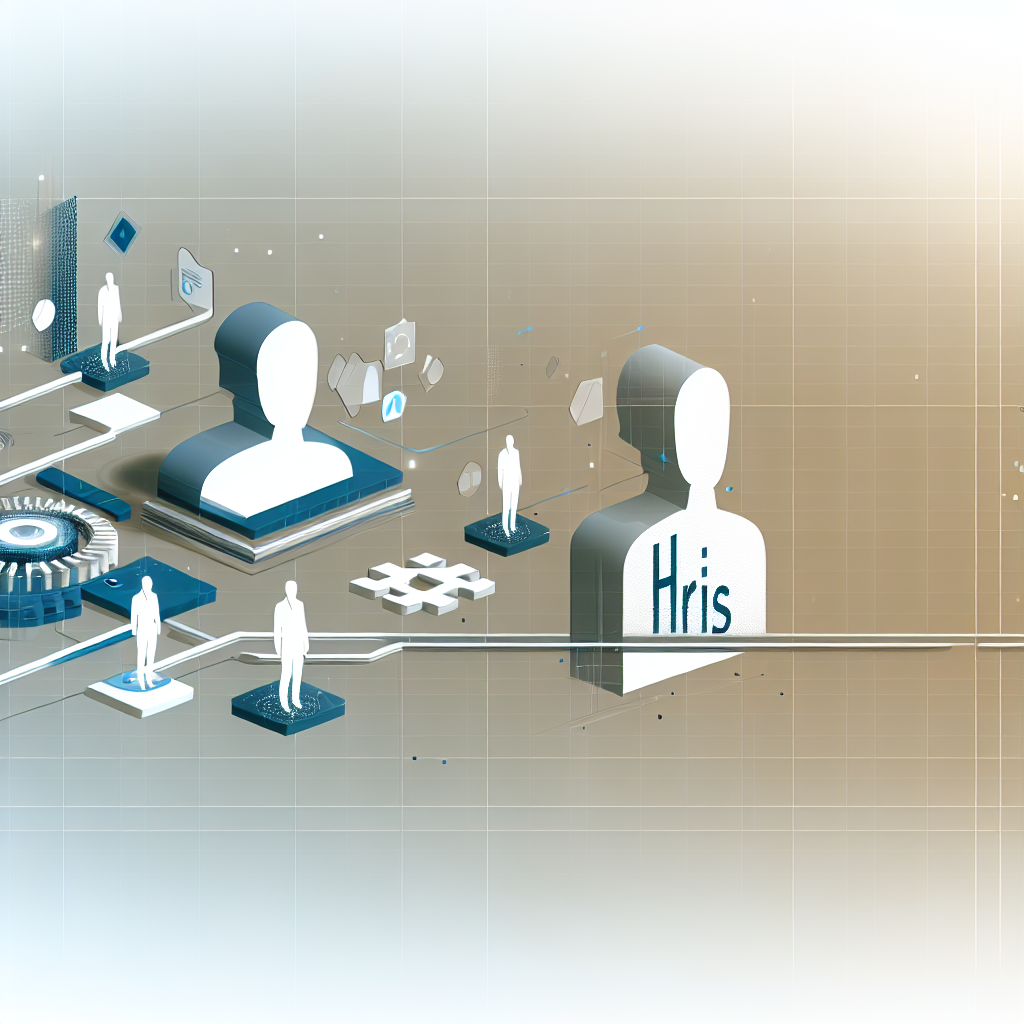
The Human Resource Information System, commonly known as HRIS, has become an indispensable asset for today’s HR professionals. As organisations strive to adapt to rapidly changing workplace dynamics, the need for efficient data management and automation in human resource functions is paramount. This article delves into the multifaceted role of HRIS in contemporary human resource management, its associated benefits, current industry trends, and offers insights into various systems available in the market.
Understanding HRIS: A Primer
At its core, an HRIS is software crafted to manage a wide array of HR processes within an organisation. Covering the complete employee lifecycle — from hiring to termination — an HRIS consolidates and streamlines data, facilitating compliance, reporting, and other essential HR functions.
The Importance of HRIS
HRIS has transformed the operational landscape for HR teams. By allowing for the centralisation of employee information, it ensures accurate record-keeping and enhances efficiency across various HR activities. Today’s HR departments are tasked not just with administrative duties but also with strategic initiatives that demand precise data management and insightful analytics.
Current Trends in HRIS
The HR technology landscape is undergoing significant evolution. As of 2024, the global HR tech market is projected to grow substantially — from $30.8 billion in 2019 to an estimated $33.04 billion. This expansion indicates a marked shift from traditional, on-premise systems to more flexible, cloud-based HRIS solutions. Such a transition enhances scalability, updates, and access for HR professionals, making their task of managing human resources considerably simpler.
Key Benefits of Implementing an HRIS
- Automation of Administrative Tasks: HRIS automates routine administrative tasks, allowing teams to concentrate on more strategic priorities while ensuring the accuracy of employee information.
- Data-Driven Decision Making: Through advanced data analytics, HRIS empowers HR professionals to conduct predictive analysis and create visual reports, facilitating informed decision-making.
- Enhanced Employee Experience: With self-service functionalities, HRIS allows employees to manage their details autonomously, reducing unnecessary HR interactions and fostering greater engagement.
- Compliance and Security: Many HRIS solutions incorporate monitoring features that ensure adherence to regulatory requirements, safeguarding sensitive employee information from unauthorised access.
Types of HRIS Solutions
- Comprehensive HRIS: A centralised database covering a wide range of HR functions, offering a holistic approach to human resource management.
- Limited Function HRIS: Focused primarily on specific HR processes, making it suitable for smaller organisations with fewer needs.
- Operational HRIS: Enhances talent management processes, including recruitment and promotions.
- Strategic HRIS: Aids in human capital management initiatives, helping in analysis, decision-making, and goal-setting.
- Tactical HRIS: Specialises in compliance, efficiency, recruitment, employee training, and other aspects related to workforce management.
Leading HRIS Platforms
Various vendors provide HRIS options tailored to different organisational needs. Here are some notable mentions:
- Kammi: A flexible HRIS software adaptable to a wide range of company types.
- Eurécia: Known for its comprehensive and customisable offerings, considered among the most complete HRIS systems available.
- Sigma RH: Streamlines administrative management and offers additional modules for enhanced user experience.
- Cegid: Focuses on refining the recruitment experience and fostering employee satisfaction.
Implementing an HRIS: Key Considerations
As HR professionals consider integrating an HRIS within their organisations, several factors need to be weighed:
- Scalability: Ensure the chosen solution can grow alongside the organisation’s needs without necessitating total overhauls.
- Integration: Review how well the HRIS can interface with existing software systems to maintain workflow continuity.
- User Training: Investing in training HR staff can significantly ease the transition and enhance overall satisfaction with the new system.
- Cost: Consider the budget implications, including initial setup costs and ongoing subscription fees.
Future of HRIS: What Lies Ahead?
With ongoing technological advancements, the HRIS landscape will continue to evolve. Emerging technologies such as artificial intelligence and machine learning are expected to refine data handling, predict HR trends, and improve user experience. Another crucial aspect will be the growing emphasis on data security, ensuring that employee information remains confidential and secure amidst increasing cyber threats.
Conclusion
In conclusion, the Human Resource Information System is essential for modern HR practices, providing a foundational structure to manage and automate integral HR functions efficiently. By transitioning towards cloud-based systems and embracing automation, HR teams can better align with strategic organisational goals, enhance the employee experience, and make informed, data-driven decisions. As we progress through 2024 and beyond, HR professionals should remain vigilant and adaptable to these transformative technologies, ensuring they harness the full potential of HRIS.
For a deeper dive into the world of HRIS and its implications for HR practice, consider the comprehensive insights available through the following resources:
- Factorial HRIS Guide – What is HRIS?
- TechTarget HRIS Definition
- HiBob HRIS Explanation
- Intuition Software HRIS Overview
- AIHR HRIS Guide – HRIS 101: All You Need To Know in 2024
By remaining informed and engaged with these advancements, HR professionals can continue to elevate their impact within their organisations.
Vadim Kouznetsov is a distinguished entrepreneur and the visionary founder and CEO of JobXDubai.com, the UAE’s rapidly expanding job board. Renowned for his expertise in bridging the gap between job seekers and employment opportunities, Vadim has become a leading authority in the recruitment and job market of Dubai.
